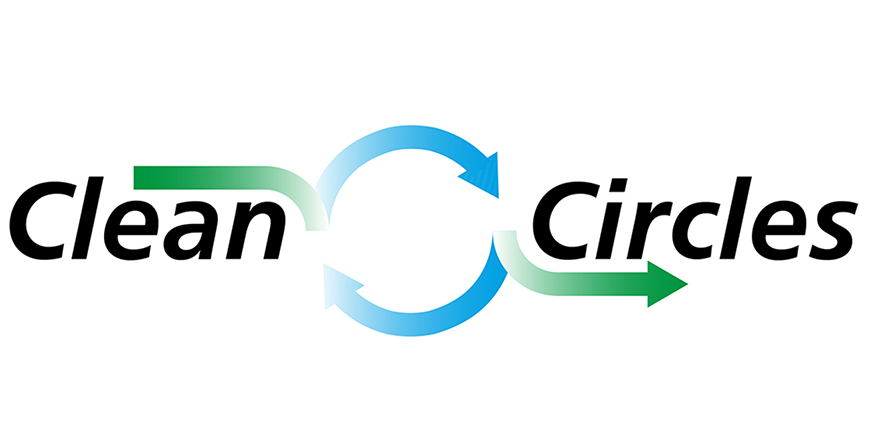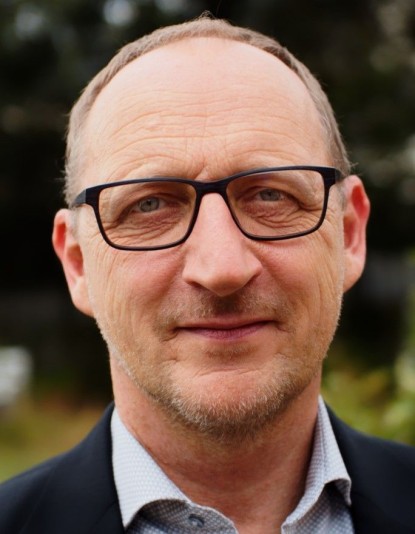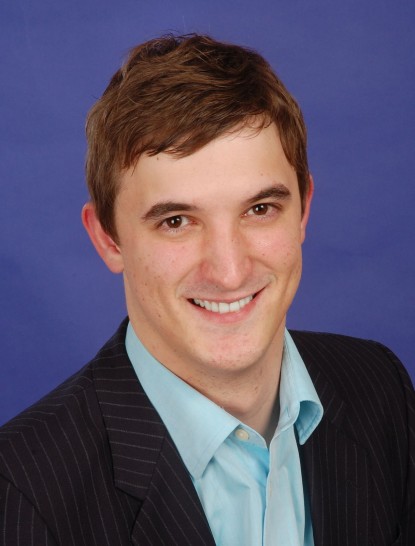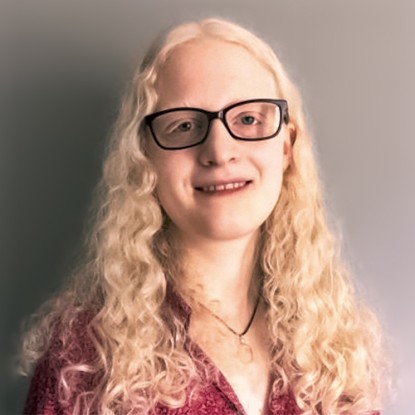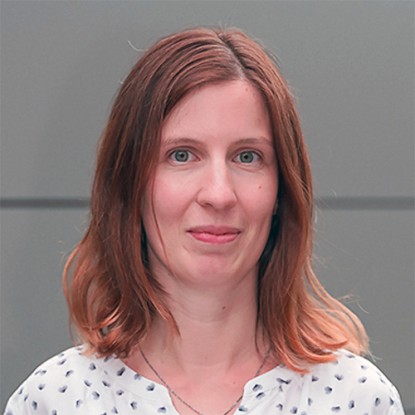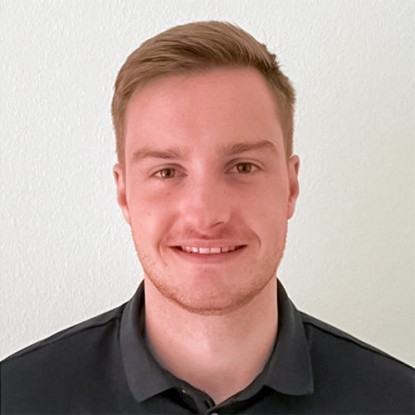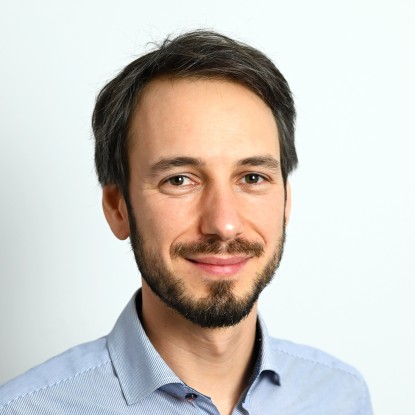Project S. Hartl
- Heterogeneous kinetics and heating rate effects (in reactor networks)
- Extend the existing reactor network implementation with respect to solid phase and surface reactions (starting with single 0D reactors (representative compartments) before extending this to whole network)
- Integration of physical models starting with one/two step kinetics for pyrolysis and heterogeneous surface reactions (conversion) (e.g. Single First Order Reaction approach)
- Extend models with respect to pyrolysis and heterogeneous surface reactions
- Extend physical models with respect to heating rate effects
- Consider and validate transport of particles across compartment boundaries
- Focus on residence times, sensitivities and validity ranges
- Implementation of additional conservation equations for analysing local and global residence time and turnover behaviour (species and mixture specific)
- Analyse sensitivities of reactor networks with respect to heat, flow and residence times
Project D. Bothe
- Scale-reduced modeling of reactive flows using (functional) compartment modeling
- Method for (semi-)automatic detection of functional compartments in CFD simulations
- Methods for the analysis and assessment of local mixing quality
- Development and application of enhanced model network elements e.g. axial dispersion model with anisotropic dispersion
- Computational analysis of monodisperse particle streams inside prototype reactor elements
- Numerical modeling of chemically reactive iron particle-laden flows based on population balances
- Development of population balances for iron particle distribution of different oxidation levels, core/shell dimensions
- Adaptation and enhancement of existing numerical methods: Monte-Carlo and sectional methods, efficient (direct quadrature) method of moments. Use of OpenFOAM as C++ code platform
- Computational analysis of polydisperse particle streams inside prototype reactor elements
- Application to iron particle-laden flows under non-isothermal conditions
